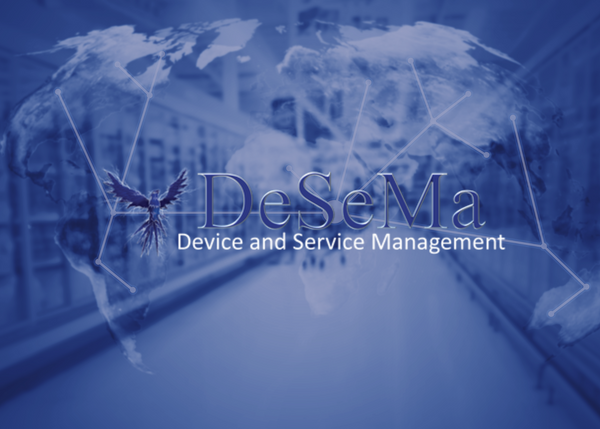Recent cyberattacks such as the SolarWinds hack, along with exploits that take advantage of vulnerabilities such as Log4j, have highlighted the weaknesses inherent in the software supply chain. In light of the risk, the White House issued Executive Order (EO) 14028 on May 12, 2022, establishing new requirements for securing the software supply chain utilized by the federal government.
As directed by the EO, the National Security Agency (NSA), Cybersecurity Infrastructure Security Agency (CISA) and Office of the Director of National Intelligence (ODNI) have published guidance to help developers create more secure software. The document outlines best practices for planning, designing and maintaining software from a security perspective.
Those federal agencies aren’t alone. The National Institute of Standards and Technology (NIST), along with the Linus Foundation and OpenSSF, have also published software supply chain guidance recently. The objective of these publications is to inform software developers, suppliers and buyers of the risks of software supply chain attacks and the role each plays in preventing them.



